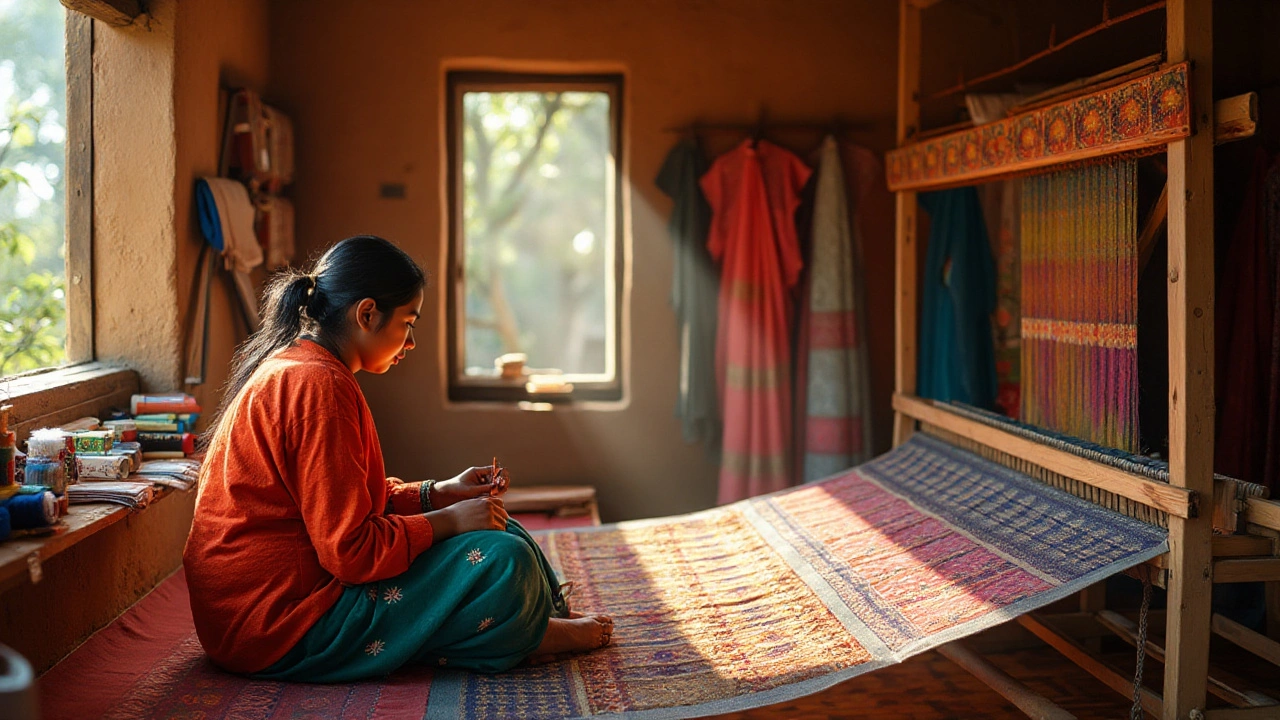Popular Fabrics: What’s Hot in 2025 and How to Choose Right
Ever wonder why some fabrics suddenly become everybody’s favorite? It’s not magic – it’s a mix of cost, performance, and style. In the Indian textile scene, the buzz around popular fabrics is louder than ever, thanks to new tech, greener processes, and shifting consumer tastes.
Whether you’re a small‑scale manufacturer, a fashion startup, or just curious about the material that will end up in your next shirt, this guide breaks down the key drivers and the top fabrics you should keep an eye on.
What Makes a Fabric Popular?
First, popularity isn’t just about looks. A fabric climbs the ladder when it checks three boxes:
- Cost‑effectiveness: Manufacturers love materials that keep production cheap without compromising quality. Synthetic blends often win here because they’re cheaper than natural fibers.
- Performance: Stretch, durability, moisture‑wicking, or fire‑resistance – the more a fabric can do, the more buyers chase it.
- Sustainability: Today’s shoppers ask, “Is this eco‑friendly?” Fabrics made from recycled polyester, organic cotton, or bio‑based fibers get bonus points.
When a material hits all three, retailers scramble to stock it, and the trend spreads fast across the supply chain.
Top Fabrics to Watch in 2025
1. Recycled Polyester – Thanks to advances from big players like Reliance Industries, recycled polyester is now cheaper, softer, and easier to dye. It’s a go‑to for activewear and fast‑fashion collections.
2. Organic Cotton – While still pricier than conventional cotton, organic varieties have become more reliable thanks to better farm practices. Brands market it as the “clean” choice for everyday tees.
3. Tencel (Lyocell) – Made from sustainably sourced wood pulp, Tencel offers a silky feel and excellent breathability. It’s climbing the ladder in premium casual and luxury segments.
4. Blended Technical Fabrics – Think polyester‑spandex mixes or nylon‑elastane blends. They give stretch and strength, perfect for sports gear and ergonomic workwear.
5. Hemp‑Cotton Mixes – Hemp brings durability, cotton adds softness. The combo is gaining traction in eco‑friendly denim and rugged outdoor apparel.
These fabrics aren’t just trendy; they line the production floors of many profitable textile businesses highlighted in our recent posts.
When you choose a fabric, ask yourself three quick questions: Is it priced right for my market? Does it meet the performance needs of my product? And does it fit the sustainability story my customers expect?
Answering these will help you pick a material that sells, minimizes waste, and keeps your margins healthy. Keep an eye on local manufacturers who specialize in these fabrics – working close to home often means lower logistics costs and faster turn‑around.Ready to experiment? Start with a small batch of recycled polyester for a pilot product, gather feedback, then expand to other fabrics as you learn what works best for your audience.
Popular fabrics evolve, but the core rule stays the same: blend cost, function, and eco‑credibility, and you’ll stay ahead of the curve.
Popular Fabrics in Indian Textile Industry: A Deep Dive
India's rich textile heritage boasts a diverse range of fabrics, each with its own unique significance. From the cool comfort of cotton to the luxurious luster of silk, these materials highlight both traditional craftsmanship and innovative design. This article explores the most commonly used fabrics in India's textile industry, providing insights into their uses, characteristics, and cultural importance. Discover why these materials continue to play a vital role in India's vibrant textile market.
Read More
